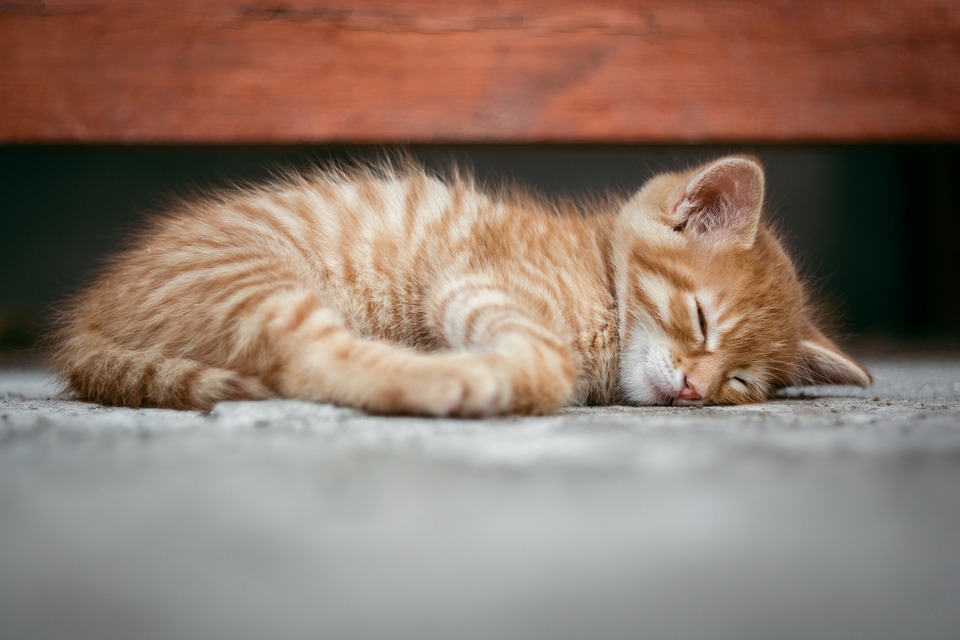Clicker training is a popular and effective method for training cats using positive reinforcement. By using a clicker to mark desired behaviors and rewarding your cat, you can enhance communication, provide mental stimulation, and create a positive training experience. This article provides a beginner’s guide to clicker training, including the benefits, steps to get started, and frequently asked questions.
Clicker training involves using a small handheld device called a clicker that emits a distinct sound when pressed. The sound signals to the cat that they have performed the correct action, followed by a reward. This clear and consistent signal helps cats understand what behavior earns them a reward, making training more effective.
There are several benefits of clicker training for cats. Firstly, it enhances communication by allowing you to precisely mark the desired behavior at the exact moment it occurs. This clear feedback helps your cat understand what they are doing right, making the training process quicker and more efficient.
Secondly, clicker training relies on positive reinforcement, meaning you reward your cat for correct actions instead of punishing them for mistakes. This approach enhances the bond between you and your cat, creating a positive and enjoyable training experience for both of you.
Thirdly, training sessions provide mental stimulation for cats, which is essential for their overall well-being. Engaging in clicker training activities can help prevent boredom, reduce destructive behaviors, and improve their overall happiness.
Lastly, clicker training is a straightforward method that anyone can learn and practice. With consistency and patience, you will be able to teach your cat a variety of behaviors and tricks, making training sessions a fun and rewarding experience.
To get started with clicker training, you will need to acquire a clicker that produces a distinct sound. You can find clickers at pet stores or purchase them online. Before using the clicker, it is essential to “charge” it by associating the clicker sound with a reward in your cat’s mind. Click the device and immediately offer your cat a treat or a small piece of their favorite food. Repeat this process several times until your cat starts associating the sound of the clicker with a positive outcome.
Next, decide which behavior or trick you want to train your cat and break it down into small steps. When your cat performs the desired behavior, click the clicker at the exact moment the action occurs, followed by a reward. Repeat this process consistently until your cat associates the behavior with the clicker sound and the reward.
As your cat becomes more proficient in the trained behavior, gradually reduce the frequency of rewards. Transition to intermittent reinforcement, where you reward your cat only sometimes. This helps maintain the learned behavior while preventing over-reliance on treats.
Some frequently asked questions about clicker training include whether it can be used for cats of any age, the duration of training, its usefulness in correcting unwanted behaviors, and what to do if your cat doesn’t respond to the clicker. Clicker training can be used on cats of all ages, but it is best to start training when they are young to establish a strong foundation of positive reinforcement. The duration of training varies depending on factors such as the complexity of the behavior and your cat’s temperament. Clicker training primarily focuses on reinforcing desired behaviors, but by redirecting your cat’s attention to alternative behaviors, you can effectively address and replace unwanted behaviors. If your cat doesn’t respond to the clicker, you can try using a softer or quieter clicker sound or use a different marker, such as a verbal cue or a whistle.
In conclusion, clicker training is a positive and effective method for training cats. By following the beginner’s steps outlined in this article and understanding the benefits of clicker training, you can create a well-behaved and happy feline companion. Remember to approach training with patience, consistency, and plenty of treats!








